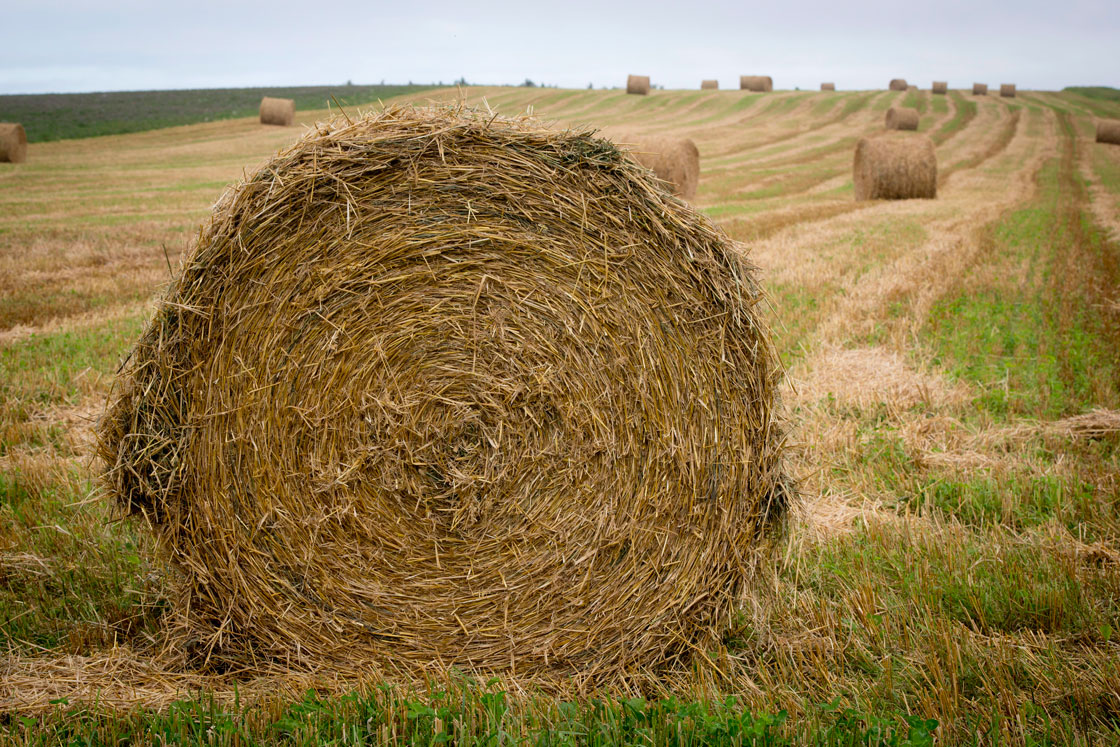OTTAWA – A report released by Statistics Canada says the number of farms in Canada is dropping, while their size is growing along with the age of the people running them.

The agency, which looked at the makeup of the industry based on data from the 2011 agricultural census, says there were 205,730 farms in 2011 — a decline of more than 74,000 since 1991.
Its report released Tuesday also says the average farm area increased from 80 hectares to 315 hectares.
Report author and agriculture analyst Martin Beaulieu said one reason for larger farms is that they are being consolidated as older operators retire.
READ MORE: Where’s that Valentine’s rose from? Likely 5,00o kilometres south
The report, entitled “Canadian Agriculture at a Glance,” says the number of farm operators fell from 390,875 to 293,925 — a 24.8 per cent drop between 1991 and 2011.
Over the same period, the average age of farmers increased from 47.5 to 54 years. The data shows more than half of all farms in 2011 had operators over the age of 55 — up from less than 38 per cent in 1991.
- ‘Shock and disbelief’ after Manitoba school trustee’s Indigenous comments
- Canadian man dies during Texas Ironman event. His widow wants answers as to why
- Several baby products have been recalled by Health Canada. Here’s the list
- ‘Sciatica was gone’: hospital performs robot-assisted spinal surgery in Canadian first
There were also fewer farmers under the age of 40. Statistics Canada said less than one out of 10 farms were run by someone under 40, whereas two decades earlier it was about one in four.
The proportion of farms where the oldest operator was 55 years or older increased by more than 20 percentage points in British Columbia, the Atlantic provinces and Quebec, the report said. But it also said the increase in the proportion was “significant in all provinces.”
“That’s one of the main reasons for this article, to look a bit deeper in the data and see if it could isolate this trend to a specific province or a specific farm type or farm size,” said Beaulieu.
“But, overall, you see that it’s a trend that touches all provinces and some to a greater extent, for example British Columbia or the Atlantic provinces, but still they’re not that far from the national average or national proportion.



Comments